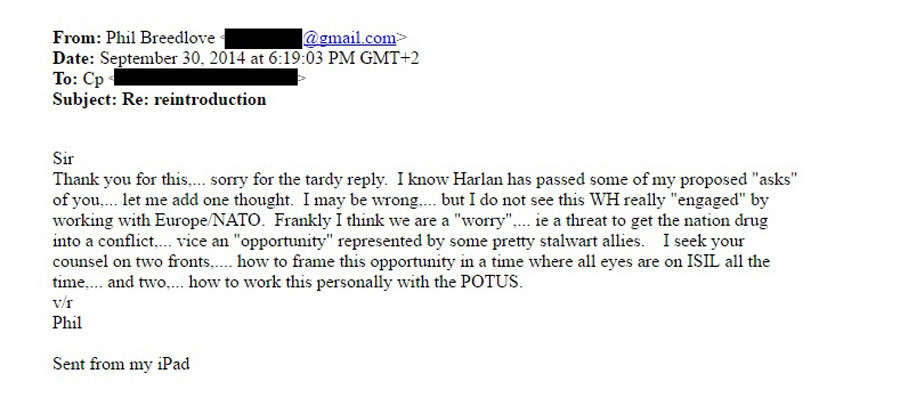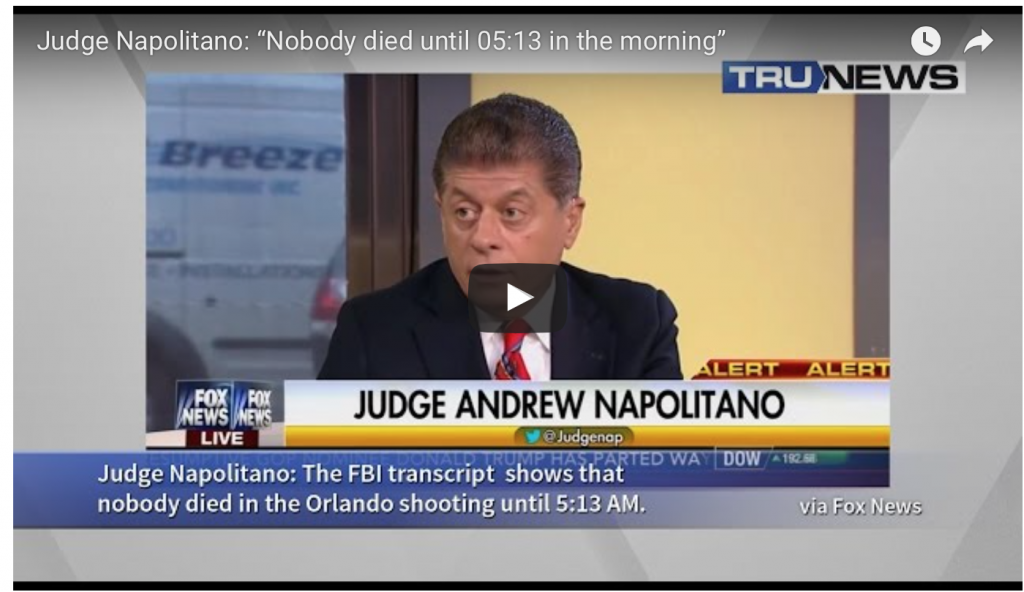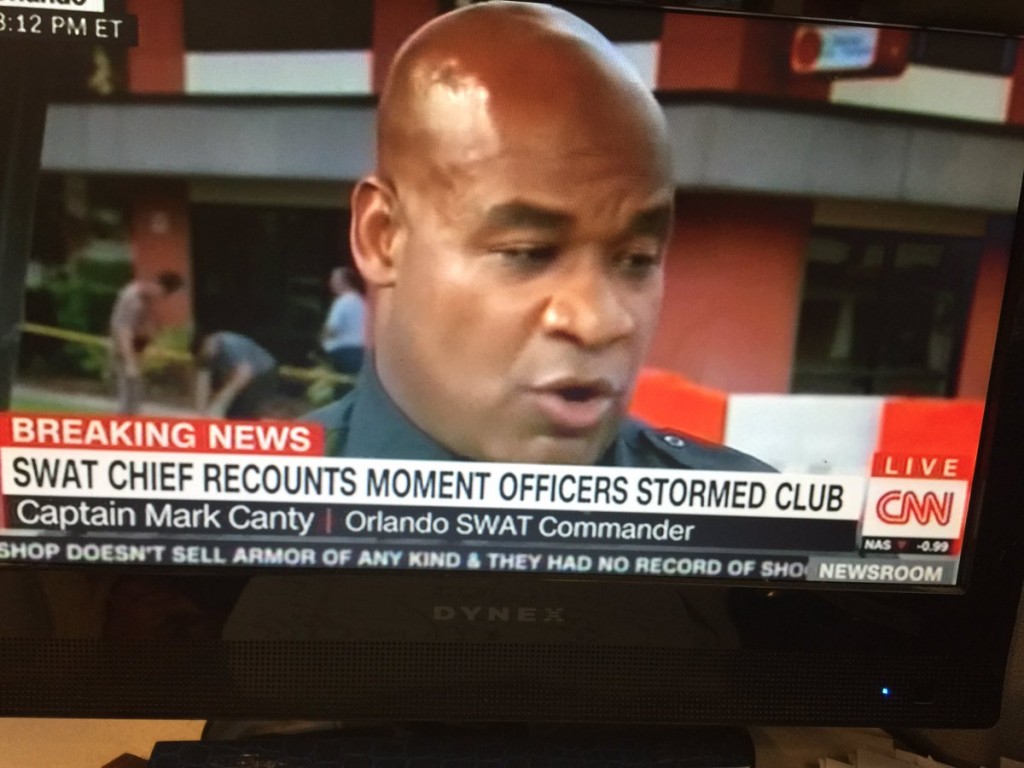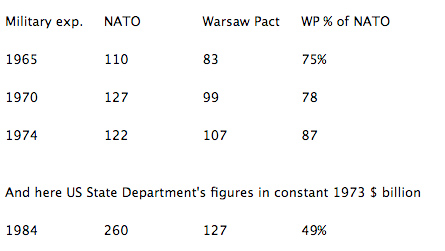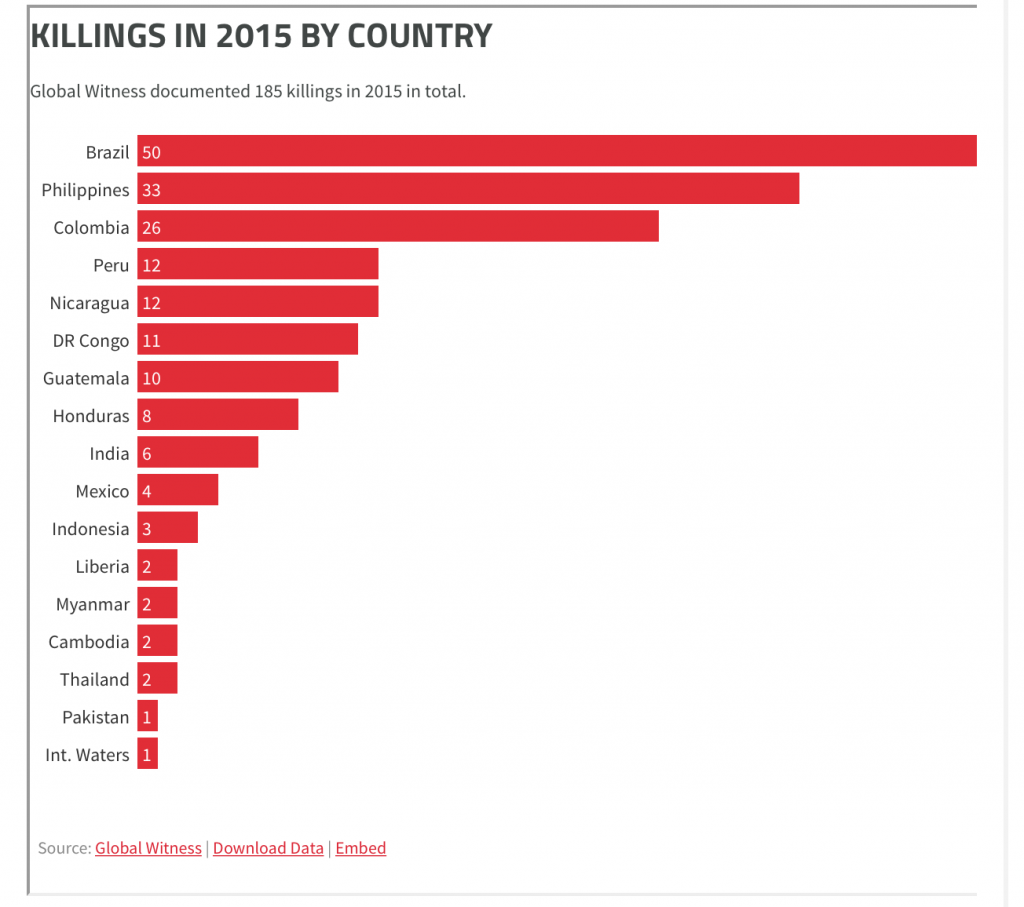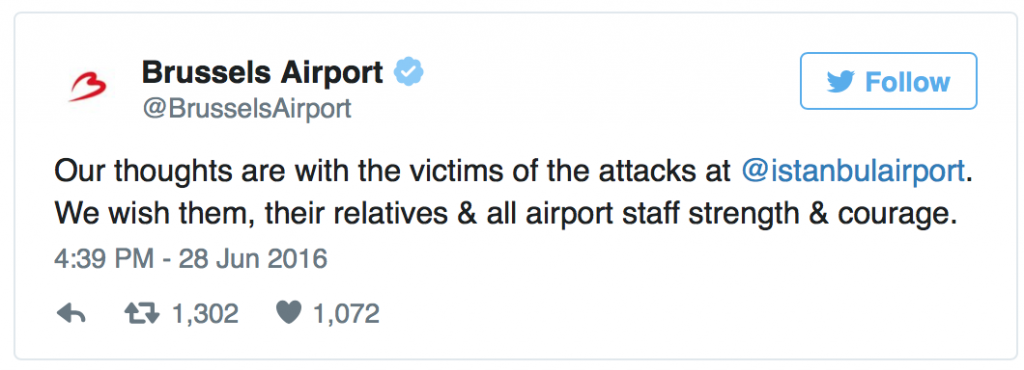Australia’s nuclear industry has a shameful history of ‘radioactive racism’ that dates from the British bomb tests in the 1950s, writes Jim Green. The same attitudes persist today with plans to dump over half a million tonnes of high and intermediate level nuclear waste on Aboriginal land, and open new uranium mines. But now Aboriginal peoples and traditional land owners are fighting back!
It wouldn’t be an overstatement to say that the never-ending nuclear war against Australia’s Aboriginal people amounts to cultural genocide. Indeed it would be a statement of the obvious.
From 1998-2004, the Australian federal government tried – but failed – to impose a national nuclear waste dump on Aboriginal land in South Australia.
Then the government tried to impose a dump on Aboriginal land in the Northern Territory, but that also failed.

Muckaty Traditional Owner Kylie Sambo is an objector to what she considers radioactive blackmail: education in return for accepting nuclear waste. ‘As Australians we should be already entitled to that.
Now the government has embarked on its third attempt and once again it is trying to impose a dump on Aboriginal land despite clear opposition from Traditional Owners.
The latest proposal is for a dump in the spectacular Flinders Ranges, 400 km north of Adelaide in South Australia, on the land of the Adnyamathanha Traditional Owners.
The government says that no group will have a right of veto, which is coded racism: it means that the dump may go ahead despite the government’s acknowledgement that “almost all Indigenous community members surveyed are strongly opposed to the site continuing.”
The proposed dump site was nominated by former Liberal Party politician Grant Chapman but he has precious little connection to the land. Conversely, the land has been precious to Adnyamathanha Traditional Owners for millennia.
‘It was like somebody ripped my heart out’
The site is adjacent to the Yappala Indigenous Protected Area (IPA). “The IPA is right on the fence – there’s a waterhole that is shared by both properties”, said Yappala Station resident and Adnyamathanha Traditional Owner Regina McKenzie.
The waterhole – a traditional women’s site and healing place – is one of many archeological and culturally significant sites in the area that Traditional Owners have registered with the South Australian government over the past six years. Two Adnyamathanha associations – Viliwarinha Aboriginal Corporation and the Anggumathanha Camp Law Mob – wrote in November 2015 statement:
Adnyamathanha land in the Flinders Ranges has been short-listed for a national nuclear waste dump. The land was nominated by former Liberal Party Senator Grant Chapman. Adnyamathanha Traditional Owners weren’t consulted. Even Traditional Owners who live next to the proposed dump site at Yappala Station weren’t consulted. This is an insult.
The whole area is Adnyamathanha land. It is Arngurla Yarta (spiritual land). The proposed dump site has springs. It also has ancient mound springs. It has countless thousands of Aboriginal artefects. Our ancestors are buried there.
Hookina creek that runs along the nominated site is a significant women’s site. It is a registered heritage site and must be preserved and protected. We are responsible for this area, the land and animals.
We don’t want a nuclear waste dump here on our country and worry that if the waste comes here it will harm our environment and muda (our lore, our creation, our everything). We call on the federal government to withdraw the nomination of the site and to show more respect in future.
Regina McKenzie describes getting the news that the Flinders Ranges site had been chosen from a short-list of six sites across Australia:
We were devastated, it was like somebody had rang us up and told us somebody had passed away. My niece rang me crying … it was like somebody ripped my heart out.
McKenzie said on ABC television:
Almost every waste dump is near an Aboriginal community. It’s like, yeah, they’re only a bunch of blacks, they’re only a bunch of Abos, so we’ll put it there. Don’t you think that’s a little bit confronting for us when it happens to us all the time? Can’t they just leave my people alone?
Adnyamathanha Traditional Owner Dr Jillian Marsh said in an April 2016 statement:
The First Nations people of Australia have been bullied and pushed around, forcibly removed from their families and their country, denied access and the right to care for their own land for over 200 years. Our health and wellbeing compares with third world countries, our people crowd the jails. Nobody wants toxic waste in their back yard, this is true the world over. We stand in solidarity with people across this country and across the globe who want sustainable futures for communities, we will not be moved.
The battle over the proposed dump site in the Flinders Ranges will probably be resolved over the next 12 months. If the government fails in its third attempt to impose a dump against the wishes of Aboriginal Traditional Owners, we can only assume on past form that a fourth attempt will ensue.
Dumping on South Australia, 1998-2004
This isn’t the first time that Aboriginal people in South Australia have faced the imposition of a national nuclear waste dump. In 1998, the federal government announced its intention to build a dump near the rocket and missile testing range at Woomera.
The proposed dump generated such controversy in South Australia that the federal government hired a public relations company. Correspondence between the company and the government was released under Freedom of Information laws.
In one exchange, a government official asked the PR company to remove sand-dunes from a photo to be used in a brochure. The explanation provided by the government official was that: “Dunes are a sensitive area with respect to Aboriginal Heritage”. The sand-dunes were removed from the photo, only for the government official to ask if the horizon could be straightened up as well.
Aboriginal groups were coerced into signing ‘Heritage Clearance Agreements’ consenting to test drilling of short-listed sites for the proposed dump. The federal government made it clear that if consent was not granted, drilling would take place anyway.
Aboriginal groups were put in an invidious position. They could attempt to protect specific cultural sites by engaging with the federal government and signing agreements, at the risk of having that engagement being misrepresented as consent for the dump; or they could refuse to engage in the process, thereby having no opportunity to protect cultural sites.
Aboriginal groups did participate in Heritage Clearance Agreements, and as feared that participation was repeatedly misrepresented by the federal government as amounting to Aboriginal consent for the dump.
‘We would not do that for any amount of money’
In 2002, the Federal Government tried to buy-off Aboriginal opposition to the dump. Three Native Title claimant groups – the Kokatha, Kuyani and Barngala – were offeredA$90,000 to surrender their native title rights, but only on the condition that all three groups agreed.
The government’s offer was refused. Dr Roger Thomas, a Kokatha Traditional Owner, said:
The insult of it, it was just so insulting. I told the Commonwealth officers to stop being so disrespectful and rude to us by offering us $90,000 to pay out our country and our culture.
Andrew Starkey, also a Kokatha man, said:
It was just shameful. They were wanting people to sign off their cultural heritage rights for a minuscule amount of money. We would not do that for any amount of money.
In 2003, the federal government used the Lands Acquisition Act 1989 to seize land for the dump. Native Title rights and interests were extinguished with the stroke of a pen. This took place with no forewarning and no consultation with Aboriginal people.
Next – the sham ‘consultation’
Leading the battle against the dump were the Kupa Piti Kungka Tjuta, a council of senior Aboriginal women from northern South Australia. Many of the Kungkas personally suffered the impacts of the British nuclear bomb tests at Maralinga and Emu Field in the 1950s.
The government’s approach to ‘consultation’ with Aboriginal people was spelt out in a document leaked in 2002. The document states: “Tactics to reach Indigenous audiences will be informed by extensive consultations currently being undertaken … with Indigenous groups.” In other words, sham ‘consultation’ was used to fine-tune the government’s pro-dump propaganda.
The government’s cynical and disrespectful tactics were the antithesis of Article 29 of theUnited Nations Declaration on the Rights of Indigenous Peoples, which states that ”no storage or disposal of hazardous materials shall take place in the lands or territories of indigenous peoples without their free, prior and informed consent”.
This issue of sham ‘consultation’ arises time and time again, most recently with the discussion initiated by a Royal Commission (discussed below) into “building confidence” in the safety of nuclear waste dump proposals. West Mallee Protection (WMP), representing Aboriginal and non-Aboriginal people from Ceduna in western South Australia, responded with this blistering attack:
WMP finds this question superficial and offensive. It is a fact that many people have dedicated their time and energy to investigating and thinking about nuclear waste. It is a fact that even elderly women that made up the Kupa Piti Kungka Tjuta – a senior Aboriginal women’s council – committed years of their lives to stand up to the proposal for a low-level facility at Woomera.
They didn’t do this because of previously inadequate ‘processes’ to ‘build confidence’ as the question suggests but because:
A) Individuals held a deep commitment to look after country and protect it from a substance known as ‘irati’ poison which stemmed from long held cultural knowledge.
B) Nuclear impacts were experienced and continued to be experienced first hand by members and their families predominately from nuclear testing at Emu Field and Maralinga but also through exploration and mining at Olympic Dam.
C) They epitomized and lived by the worldview that sustaining life for future generations is of upmost importance and that this is at odds with the dangerous and long lasting dangers of all aspects of the nuclear industry.
The insinuation that the general population or target groups such Kupa Piti Kungka Tjuta or the communities in the Northern Territory that succeeded them and also fought off a nuclear dump for Muckaty were somehow deficient in their understanding of the implications and may have required “confidence building” is highly offensive.
The politicians finally get their ears out of their pockets
The Kupa Piti Kungka Tjuta continued to implore the federal government to “get their ears out of their pockets”, and after six years the government did just that. In the lead-up to the 2004 federal election, with the dump issue biting politically, and following a Federal Court ruling that the government had illegally used urgency provisions in the Lands Acquisition Act, the government decided to cut its losses and abandon the dump plan.
The Kungkas wrote in an open letter:
People said that you can’t win against the Government. Just a few women. We just kept talking and telling them to get their ears out of their pockets and listen. We never said we were going to give up. Government has big money to buy their way out but we never gave up.
Botched clean-up of the Maralinga nuclear test site
The 1998-2004 debate over nuclear waste dumping in South Australia overlapped with a controversy over a botched clean-up of the Maralinga nuclear weapons test site in the same state.
The British government conducted 12 nuclear bomb tests in Australia in the 1950s, most of them at Maralinga. The 1985 Royal Commission found that regard for Aboriginal safety during the weapons tests was characterised by “ignorance, incompetence and cynicism”.
The Australian government’s clean-up of Maralinga in the late 1990s was just as bad. It was done on the cheap and many tonnes of plutonium-contaminated waste remain buried in shallow, unlined pits in totally unsuitable geology.
Nuclear engineer and whistleblower Alan Parkinson said of the clean-up:
What was done at Maralinga was a cheap and nasty solution that wouldn’t be adopted on white-fellas land.
Dr Geoff Williams, an officer with the Commonwealth nuclear regulator, the Australian Radiation Protection and Nuclear Safety Agency, said in a leaked email that the clean-up was beset by a “host of indiscretions, short-cuts and cover-ups”.
Nuclear physicist Prof. Peter Johnston noted that there were “very large expenditures and significant hazards resulting from the deficient management of the project”.
Prof. Johnston (and others) noted in a conference paper that Traditional Owners were excluded from any meaningful input into decision-making concerning the clean-up. Traditional Owners were represented on a consultative committee but key decisions – such as abandoning vitrification of plutonium-contaminated waste in favour of shallow burial in unlined trenches – were taken without consultation with the consultative committee or any separate discussions with Traditional Owners.
Federal government minister Senator Nick Minchin said in a May 2000 media release that the Maralinga Tjarutja Traditional Owners “have agreed that deep burial of plutonium is a safe way of handling this waste.” But the burial of plutonium-contaminated waste was not deep and the Maralinga Tjarutja Traditional Owners did not agree to waste burial in unlined trenches – in fact they wrote to the Minister explicitly dissociating themselves from the decision.
Barely a decade after the Maralinga clean-up, a survey revealed that 19 of the 85 contaminated waste pits have been subject to erosion or subsidence.
Despite the residual radioactive contamination, the Australian government off-loaded responsibility for the contaminated land onto the Maralinga Tjarutja Traditional Owners. The government portrayed this land transfer as an act of reconciliation. But it wasn’t an act of reconciliation – it was deeply cynical. The real agenda was spelt out in a 1996 government document which said that the clean-up was “aimed at reducing Commonwealth liability arising from residual contamination.”
Radioactive ransom in the Northern Territory
After the Kungkas victory in 2004, successive federal governments spent the best part of a decade attempting to establish a national nuclear waste dump at Muckaty, 110 km north of Tennant Creek in the Northern Territory. A toxic trade-off of basic services for a radioactive waste dump was part of the story from the start.
The nomination of the Muckaty site was made with the promise of a A$12 million compensation package comprising roads, houses and scholarships. Muckaty Traditional Owner Kylie Sambo (see photo) objected to this radioactive ransom: “I think that is a very, very stupid idea for us to sell our land to get better education and scholarships. As an Australian we should be already entitled to that.”
While a small group of Aboriginal Traditional Owners supported the dump, a large majority were opposed and some initiated legal action in the Federal Court challenging the nomination of the Muckaty site by the federal government and the Northern Land Council (NLC).
The conservative Liberal/National Coalition federal government passed legislation – theCommonwealth Radioactive Waste Management Act – overriding the Aboriginal Heritage Act, undermining the Aboriginal Land Rights Act, and allowing the imposition of a nuclear dump with no Aboriginal consultation or consent.
The Australian Labor Party voted against the Commonwealth Radioactive Waste Management Act, with Labor parliamentarians describing it as “extreme”, “arrogant”,“draconian”, “sorry”, “sordid”, and “profoundly shameful”. At its 2007 national conference, Labor voted unanimously to repeal the legislation.
Yet after the winning the 2007 election, the Labor government passed legislation – theNational Radioactive Waste Management Act (NRWMA) – which was almost as draconianand still permitted the imposition of a dump with no Aboriginal consultation or consent (to be precise, the nomination of a site was not invalidated by a failure to consult or secure consent).
Radioactive racism in Australia is bipartisan – both the Labor government and the Liberal/National Opposition voted in support of the NRWMA. Shamefully, the NLC supported legislation disempowering the people it is meant to represent.
In February 2008, Labor Prime Minister Kevin Rudd highlighted the life-story of Lorna Fejo – a member of the stolen generation – in the historic National Apology to Aboriginal People in Parliament House. At the same time, the Rudd government was stealing her land for a nuclear dump.
Fejo said:
I’m very, very disappointed and downhearted about that [NRWMA legislation]. I’m really sad. The thing is – when are we going to have a fair go? Australia is supposed to be the land of the fair go. When are we going to have fair go? I’ve been stolen from my mother and now they’re stealing my land off me.
‘Our heart jiggled with joy’
The Federal Court trial finally began in June 2014. After two weeks of evidence, the NLCgave up and agreed to withdraw the nomination of Muckaty. Victory for the Muckaty mob!
The announcement came just days before the NLC and government officials were due to take the stand to face cross-examination. As a result of their surrender, the NLC and the government did not have to face cross-examination in relation to numerous serious accusations (see here, here and here) raised in the first two weeks of the trial – including claims that the NLC rewrote an anthropologists’ report.
Kylie Sambo said:
I believe [the NLC] didn’t want to go through that humiliation of what they really done. But it’s better now that they actually backed off. It’s good for us.
Lorna Fejo said: “I feel ecstatic. I feel free because it was a long struggle to protect my land.”
Marlene Nungarrayi Bennett compared the Muckaty victory to other famous victories for Aboriginal people: “Today will go down in the history books of Indigenous Australia on par with the Wave Hill Walk-off, Mabo and Blue Mud Bay. We have shown the Commonwealth and the NLC that we will stand strong for this country. The NLC tried to divide and conquer us but they did not succeed.”
Dianne Stokes said:
Everyone is feeling very happy that we won; we struggled that long to get it over and done with. … If anyone else around the country wants support to stop a nuclear dump, we will come along and help them to go against the waste. We had so much support when we were struggling, if anyone calls we will go straight there.
Isobel Phillips said:
Looking back now on how we struggled, it was the hardest. Keeping it up was the worst because of the pressure that our land will be destroyed. We first felt sad, heartbroken and betrayed that the government would put the nuclear waste on our country. And our grief is for our elders who have passed away – they helped us but their spirit is here with us today. There is one thing that we have – our culture, lore, and family connection on the land.
We kept going with the fight until we won our land back. Our heart jiggled with joy and smiled when we heard the good news that the government was not going ahead with the nuclear waste dump on our country. We jumped and we danced with excitement – what a blessing. We are so happy, so strong and still smiling with pride.
Australia as the world’s nuclear waste dump
Now Aboriginal people in South Australia face the imposition of a national nuclear waste dump as well as a plan to import 138,000 tonnes of high-level nuclear waste and 390,000 cubic metres of intermediate level waste for storage and disposal as a commercial venture.
The plan is being driven by the South Australian government, which last year established a Royal Commission to provide a fig-leaf of independent supporting advice. The Royal Commissioner is a nuclear advocate and the majority of the members of the Expert Advisory Committee are strident nuclear advocates.
Indeed it seems as if the Royal Commissioner sought out the dopiest nuclear advocateshe could find to put on the Expert Advisory Committee: one thinks nuclear power is safer than solar, another thinks that nuclear power doesn’t pose a weapons proliferation risk, and a third was insisting that there was no credible risk of a serious accident at Fukushima even as nuclear meltdown was in full swing.
Announcing the establishment of the Royal Commission in March 2015, South Australian Premier Jay Weatherill said:
We have a specific mandate to consult with Aboriginal communities and there are great sensitivities here. I mean we’ve had the use and abuse of the lands of the Maralinga Tjarutja people by the British when they tested their atomic weapons.
Yet the South Australian government’s handling of the Royal Commission process systematically disenfranchised Aboriginal people. The truncated timeline for providing feedback on draft Terms of Reference disadvantaged people in remote regions, people with little or no access to email and internet, and people for whom English is a second language. There was no translation of the draft Terms of Reference, and a regional communications and engagement strategy was not developed or implemented.
Aboriginal people repeatedly expressed frustration with the Royal Commission process. One example (of many) is the submission of the Anggumathanha Camp Law Mob (who are also fighting against the plan for a national nuclear waste dump on their land):
Why we are not satisfied with the way this Royal Commission has been conducted:
Yaiinidlha Udnyu ngawarla wanggaanggu, wanhanga Yura Ngawarla wanggaanggu? – always in English, where’s the Yura Ngawarla (our first language)?
The issues of engagement are many. To date we have found the process of engagement used by the Royal Commission to be very off putting as it’s been run in a real Udnyu (whitefella) way. Timelines are short, information is hard to access, there is no interpreter service available, and the meetings have been very poorly advertised. …
A closed and secretive approach makes engagement difficult for the average person on the street, and near impossible for Aboriginal people to participate.
The plan to turn South Australia into the world’s nuclear waste dump has been met with near-unanimous opposition from Aboriginal people. The Aboriginal Congress of South Australia, comprising people from many Aboriginal groups across the state, endorsed the following resolution at an August 2015 meeting:
We, as native title representatives of lands and waters of South Australia, stand firmly in opposition to nuclear developments on our country, including all plans to expand uranium mining, and implement nuclear reactors and nuclear waste dumps on our land. … Many of us suffer to this day the devastating effects of the nuclear industry and continue to be subject to it through extensive uranium mining on our lands and country that has been contaminated.
We view any further expansion of industry as an imposition on our country, our people, our environment, our culture and our history. We also view it as a blatant disregard for our rights under various legislative instruments, including the founding principles of this state.
The Royal Commission acknowledged strong Aboriginal opposition to its nuclear waste proposal in its final report – but it treats that opposition not as a red light but as an obstacle to be circumvented.
The racism of the ‘pro-nuclear environmentalists’
Australia’s self-styled ‘pro-nuclear environmentalists’ – academic Barry Brook (a member of the Royal Commission’s Expert Advisory Committee), uranium and nuclear industry consultant Ben Heard, and one or two others – have never once voiced concern about attempts to impose nuclear waste dumps on unwilling Aboriginal communities. Their silence suggests they couldn’t care less about the racism of the industry they so stridently support.
Silence from Brook and Heard when the federal government was passing laws allowing the imposition of a national nuclear waste dump in the Northern Territory without consulting or securing consent from Traditional Owners.
Echoing comments from the right-wing Liberal Party, Brook and Heard said the Muckaty site in the Northern Territory is in the “middle of nowhere”. From their perspective, perhaps, but for Muckaty Traditional Owners the site is in the middle of their homelands – and claims that it is in the middle of nowhere are deeply offensive.
Heard’s comments about the current proposed dump site on Adnyamathanha land in South Australia have been just as offensive. He claims there are “no known cultural heritage issues on the site”. Try telling that to the Adnyamathanha Traditional Owners who live on Yappala Station, in the Indigenous Protected Area right next to the dump site.
So where did Heard get this idea that there are “no known cultural heritage issues on the site”? Not from visiting the site, or speaking to the Traditional Owners. He’s just parroting the federal government’s racist lies.
Brook and Heard are also offering up the state of South Australia for an international high-level nuclear waste dump as if it was their personal property. No mention of Aboriginal Traditional Owners or their fierce opposition to the proposal.
In the US …
The intersection between nuclear waste dumping and racism isn’t unique to Australia, of course. In the US, for example, a 2010 article in Scientific American noted: “Native tribes across the American West have been and continue to be subjected to significant amounts of radioactive and otherwise hazardous waste as a result of living near nuclear test sites, uranium mines, power plants and toxic waste dumps.”
More bluntly, indigenous activist Winona LaDuke sums up the problem:
The greatest minds in the nuclear establishment have been searching for an answer to the radioactive waste problem for fifty years, and they’ve finally got one: haul it down a dirt road and dump it on an Indian reservation.
The racism associated with nuclear waste dumping in the US is as plain as the nose on James Hansen’s face, but he hasn’t said a word about it. Nor has the Breakthrough Institute or any of the other self-styled ‘pro-nuclear environmentalists’ in the US.
Self-styled Aboriginal leaders
Just as self-styled ‘pro-nuclear environmentalists’ ignore the nuclear industry’s systemic racism, so too do a number of self-styled Aboriginal ‘leaders’.
One such ‘leader’ is Warren Mundine. At various times he has been a member of the federal government’s Indigenous Advisory Council, a National President of the Australian Labor Party, a Director of the Australian Uranium Association and co-convenor of the Association’s ‘Indigenous Dialogue Group’ (which never initiated any dialogue with indigenous people).
Mundine was silent when the Kupa Piti Kungka Tjuta were struggling to prevent the imposition of a nuclear waste dump on their land from 1998-2004; and when Muckaty Traditional Owners were struggling to prevent the imposition of a nuclear waste dump on their land from 2006-2014.
And he remains silent today as the Adnyamathanha Traditional Owners struggle to prevent the imposition of a nuclear waste dump on their land; and as one after another state government passes legislation weakening Aboriginal land rights and heritage protections at the behest of uranium mining companies.
Mundine says Australia has “a legal framework to negotiate equitably with the traditional owners on whose land many uranium deposits are found.” In fact, only in the Northern Territory do Traditional Owners have any right of veto over mining – and that legislation has a clause specifically exempting the Ranger uranium mine from the Act!
Mundine was awarded an Order of Australia gong in the June 2016 Queen’s Birthday honours, “for distinguished service as a leader in Indigenous affairs and advocate for enhancing economic and social public policy outcomes for Aboriginal and Torres Straits Islander people.”
No such recognition for Aboriginal people fighting to protect country and culture – the Maralinga Tjarutja, the Kupa Piti Kungka Tjuta, the Muckaty mob, the Adnyamathanha and many others.
Systemic racism
Bill Shorten, leader of the federal Labor Party, recently said that “systemic racism is still far-too prevalent” in Australia. He should know – the Labor Party has repeatedly driven or supported bipartisan attempts to impose nuclear waste dumps against the wishes of Aboriginal communities.
And both the Labor Party and the Liberal/National Coalition believe that uranium mining is more important than Aboriginal rights. One example concerns the 1982 South Australian Roxby Downs Indenture Act, which sets the legal framework for the operation of BHP Billiton’s Olympic Dam uranium mine in SA.
The Act was amended in 2011 but it retains exemptions from the South Australian Aboriginal Heritage Act. As things stand, BHP Billiton must partially comply with an old version of the Aboriginal Heritage Act – a version that was never proclaimed.
Traditional Owners were not even consulted about the 2011 amendments. The government’s spokesperson in Parliament said:
BHP were satisfied with the current arrangements and insisted on the continuation of these arrangements, and the government did not consult further than that.
That disgraceful performance illustrates a broader pattern. Aboriginal land rights and heritage protections are feeble at the best of times. But the legal rights and protections are repeatedly stripped away whenever they get in the way of nuclear or mining interests.
Thus the Olympic Dam mine is largely exempt from the South Australian Aboriginal Heritage Act. Sub-section 40(6) of the Commonwealth’s Aboriginal Land Rights Actexempts the Ranger uranium mine in the Northern Territory from the Act and thus removed the right of veto that Mirarr Traditional Owners would otherwise have enjoyed.
New South Wales legislation exempts uranium mines from provisions of the NSW Aboriginal Land Rights Act. The Western Australian government is in the process of gutting the WA Aboriginal Heritage Act 1972 at the behest of the mining industry. And on it goes:
- Native Title rights were extinguished with the stroke of a pen to seize land for a radioactive waste dump in South Australia;
- Aboriginal heritage laws and land rights were repeatedly overridden with the push to dump nuclear waste in the Northern Territory;
- and near-unanimous Aboriginal opposition to a nuclear waste dump in South Australia’s Flinders Ranges is being ignored by the federal Liberal / National Coalition government (and the Labor Opposition) and the South Australian Labor government (and the Liberal Opposition).
It wouldn’t be an overstatement to say that the never-ending nuclear war against Australia’s Aboriginal people amounts to cultural genocide. Indeed it would be a statement of the obvious.
Dr Jim Green is the national nuclear campaigner with Friends of the Earth Australia and editor of the Nuclear Monitor newsletter, where a version of this article was originally published. Nuclear Monitor, published 20 times a year, has been publishing deeply researched, often critical articles on all aspects of the nuclear cycle since 1978. A must-read for all those who work on this issue!
Take action:











